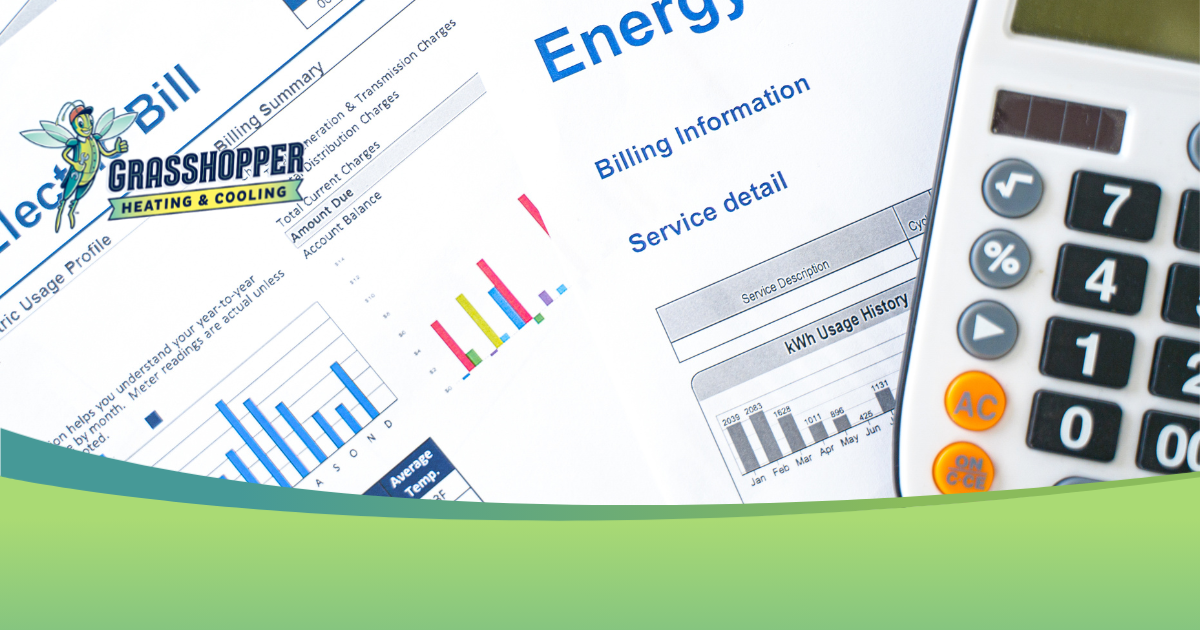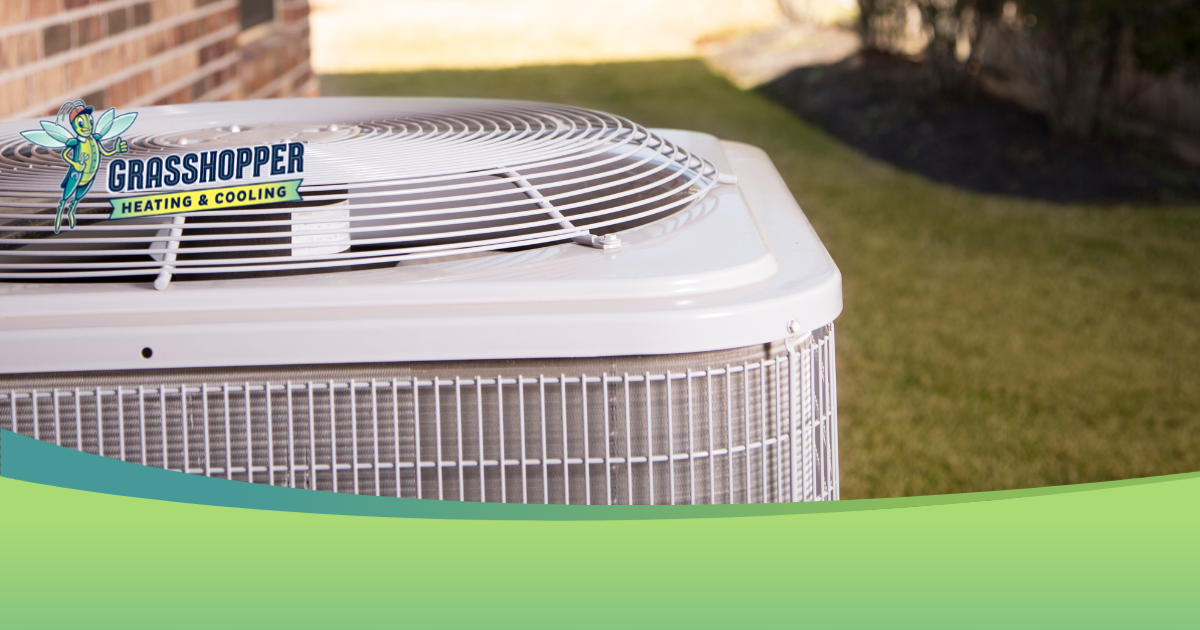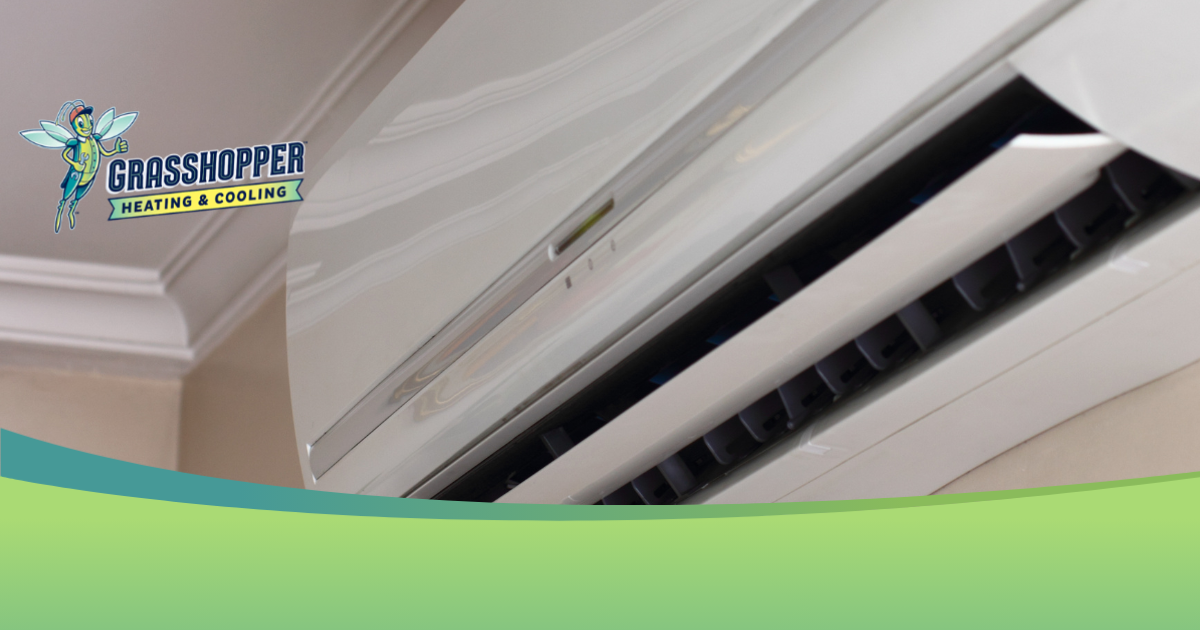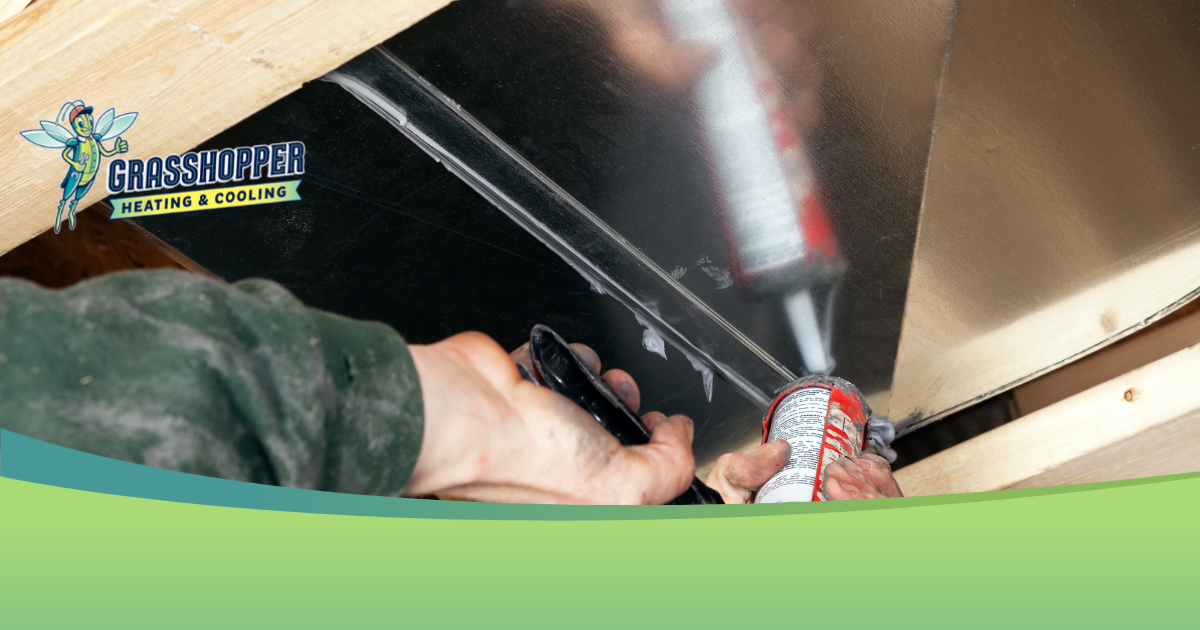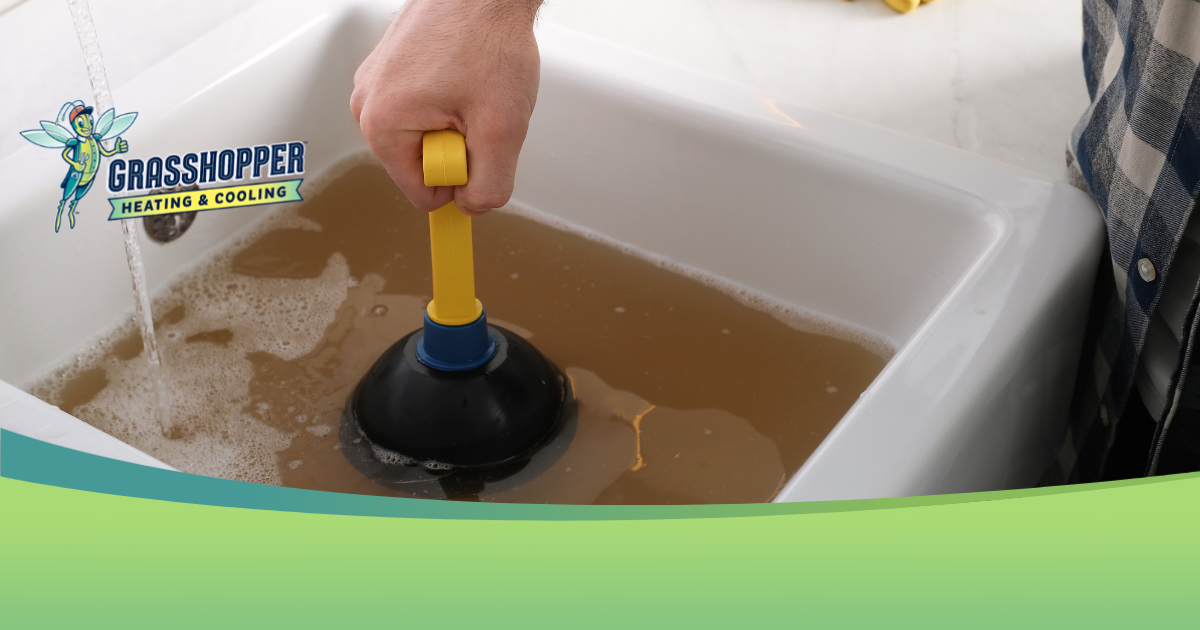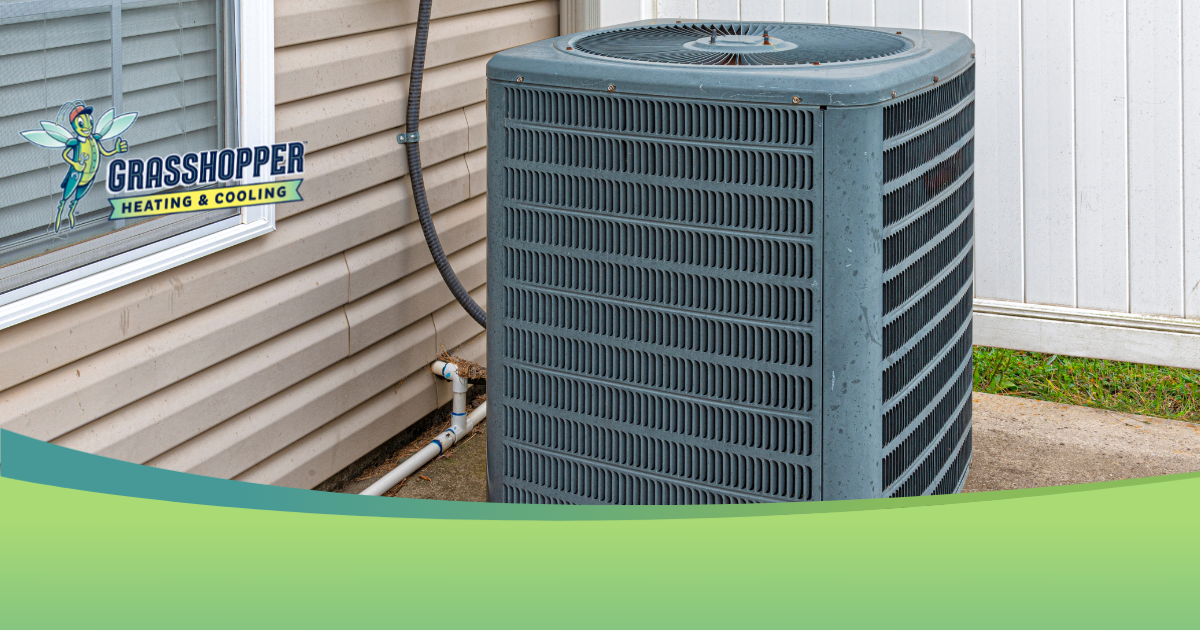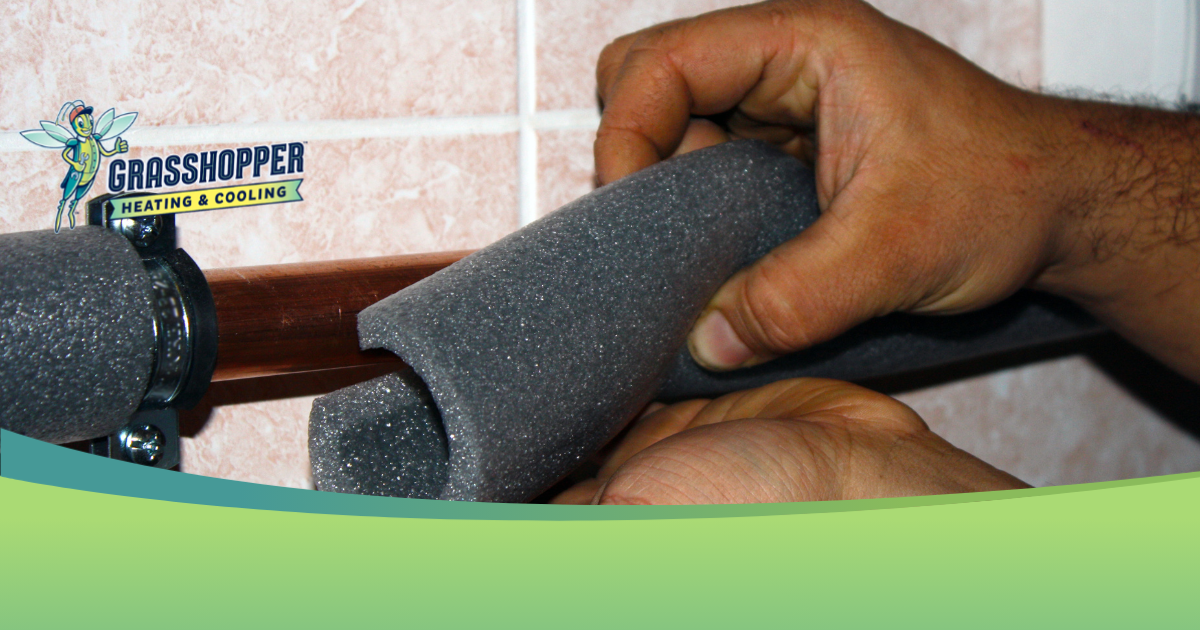Why Electricity Prices Are Going Up This Summer – What You Need to Know
At Grasshopper, we believe in keeping our customers informed, especially when it comes to changes that might affect your home comfort and your wallet.
As the temperatures rise, so do electricity rates—and it’s not just here in our area. Across the country, electricity prices have been trending upward, and the summer season is expected to bring another bump. Here’s what’s happening, why it matters, and what you can do about it.
The Facts: Electricity Prices Are on the Rise
According to the U.S. Energy Information Administration (EIA), retail electricity prices in the U.S. rose by 5% in 2023 and are projected to continue increasing year over year through 2026.
Here’s a breakdown of some key data:
- Average residential electricity price (nationwide):
Increased from 15.5 cents per kilowatt-hour (kWh) in 2022 to 16.3 cents in 2023. - Summer 2024 bills saw sharp regional increases:
- Pacific Coast: Prices jumped 7%, reaching $0.25/kWh.
- Middle Atlantic: Bills rose by $14/month, driven by more A/C usage.
- New England: Already facing higher rates, it saw some of the biggest increases.
These trends are expected to continue this summer due to high seasonal demand and long-term infrastructure investments made by utility providers.
Why Are Prices Increasing?
There’s no single reason—it’s a mix of market forces, fuel prices, and infrastructure costs.
- Aging infrastructure upgrades: Utility companies are investing heavily to modernize the electric grid and generation capacity, which drives up costs.
- Fuel fluctuations: While natural gas prices were lower in 2024 (helping reduce wholesale electricity prices temporarily), they’ve begun to climb again in many regions.
- Summer demand: The biggest driver right now is you guessed it—air conditioning. The hotter it gets, the more we all use A/C, and that spikes demand (and rates).
What This Means for You as a Grasshopper Customer
As a local provider of HVAC and electrical services, we want to be upfront with our customers. The same market conditions affecting national utility rates also influence our service pricing.
Here’s what you can expect this summer:
- Modest increases in electrical service pricing, especially during high-demand periods (June through August).
- More strain on HVAC systems may lead to higher energy bills if systems aren’t running efficiently.
- Peak hours may cost more, depending on your utility provider and home usage habits.
We’re not here to surprise you—we’re here to help you stay informed and in control.
Tips to Keep Your Energy Bills in Check This Summer
Even if rates go up, there are plenty of smart ways to reduce your energy consumption—and we can help.
Our Top 5 Energy-Saving Tips:
- Have your A/C serviced – A clean, tuned system runs up to 15% more efficiently.
- Set your thermostat wisely – Try 78°F when you’re home, and raise it a few degrees when you’re not.
- Use fans – They make your space feel cooler without lowering the thermostat.
- Seal and insulate – Leaks around doors and windows make your A/C work overtime.
- Consider a smart thermostat – Automated scheduling and remote control can lead to real savings.
How Grasshopper Can Support You
We’re proud to be your trusted partner in heating, cooling, plumbing, and now electrical services too. As these industry-wide changes take effect, we remain committed to providing honest pricing, high-quality service, and energy-efficient solutions.
If you have questions about your home’s energy use or want to schedule a preventive A/C tune-up or electrical inspection, we’re here for you.
Together, we can stay ahead of the curve, even as energy markets shift.
Sources: U.S. Energy Information Administration (EIA) — Today in Energy, June 2025: Electricity prices and usage trends
